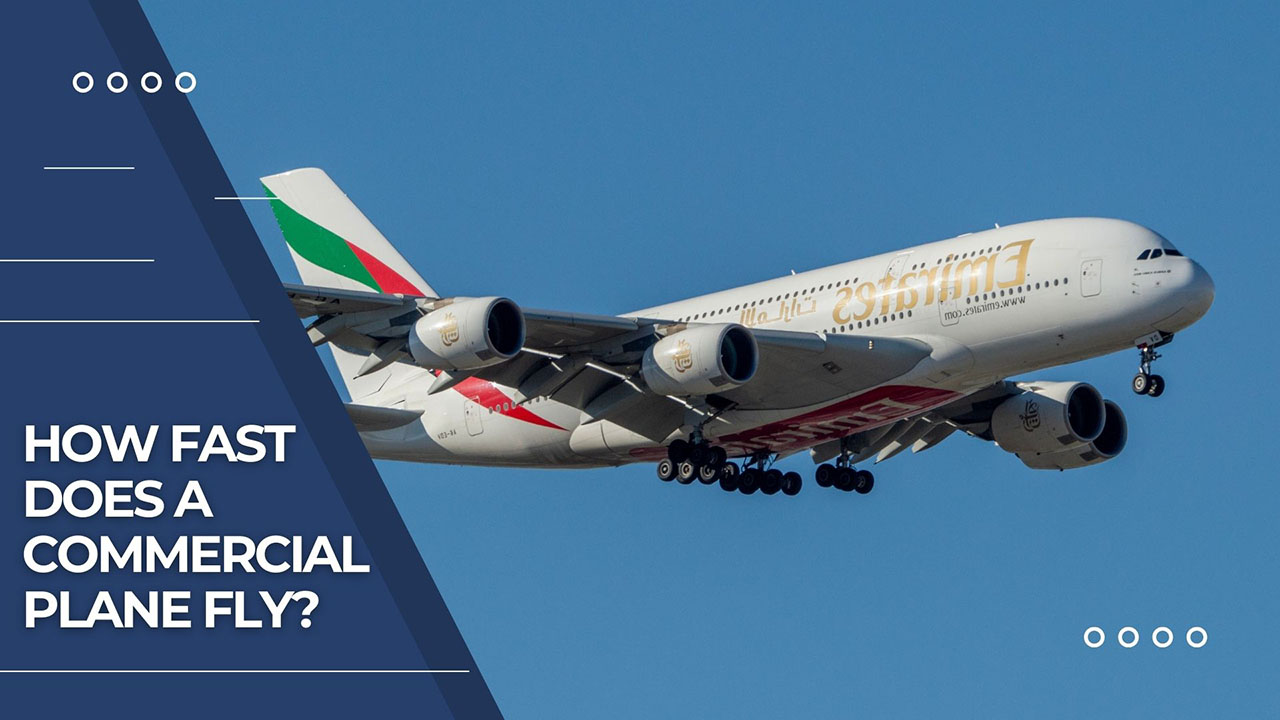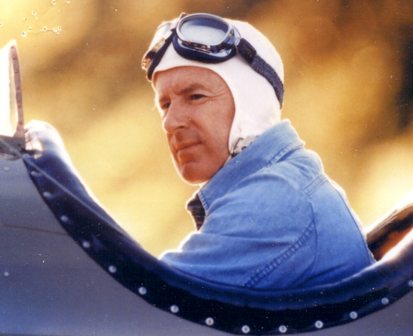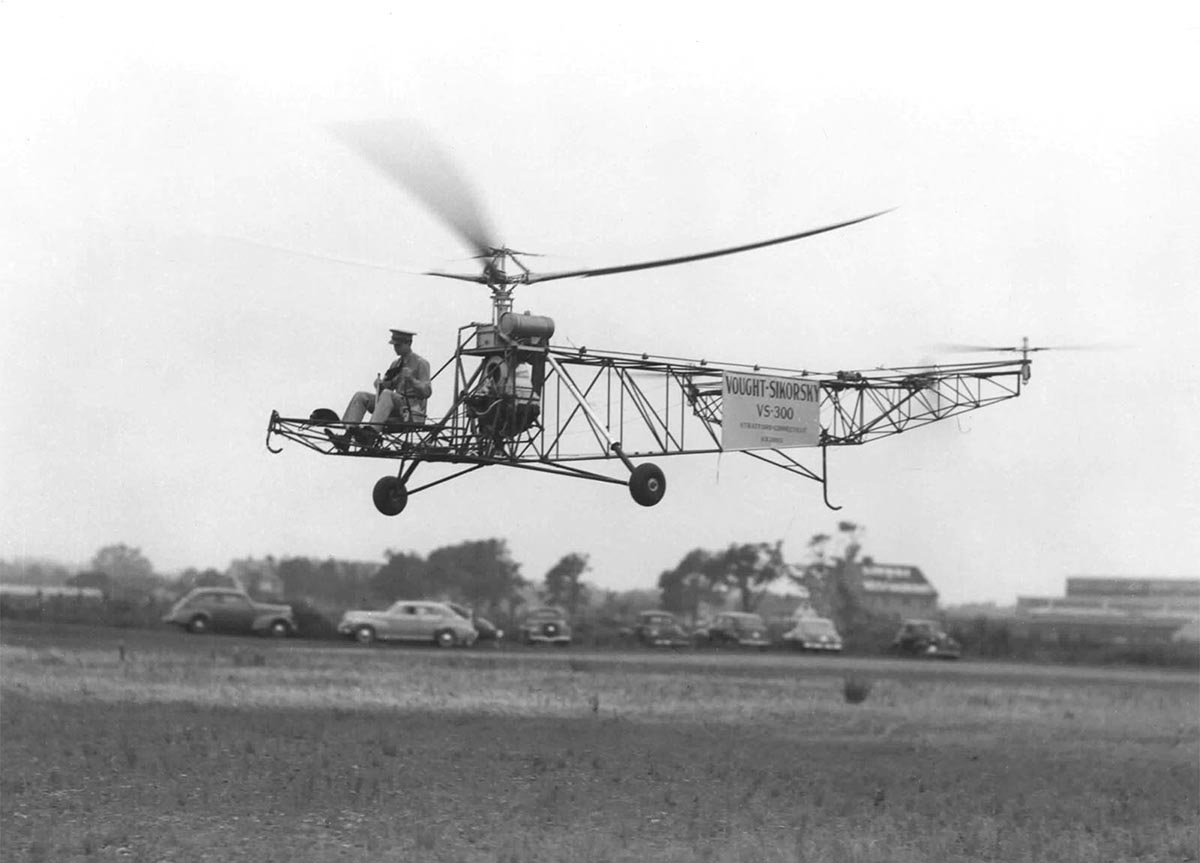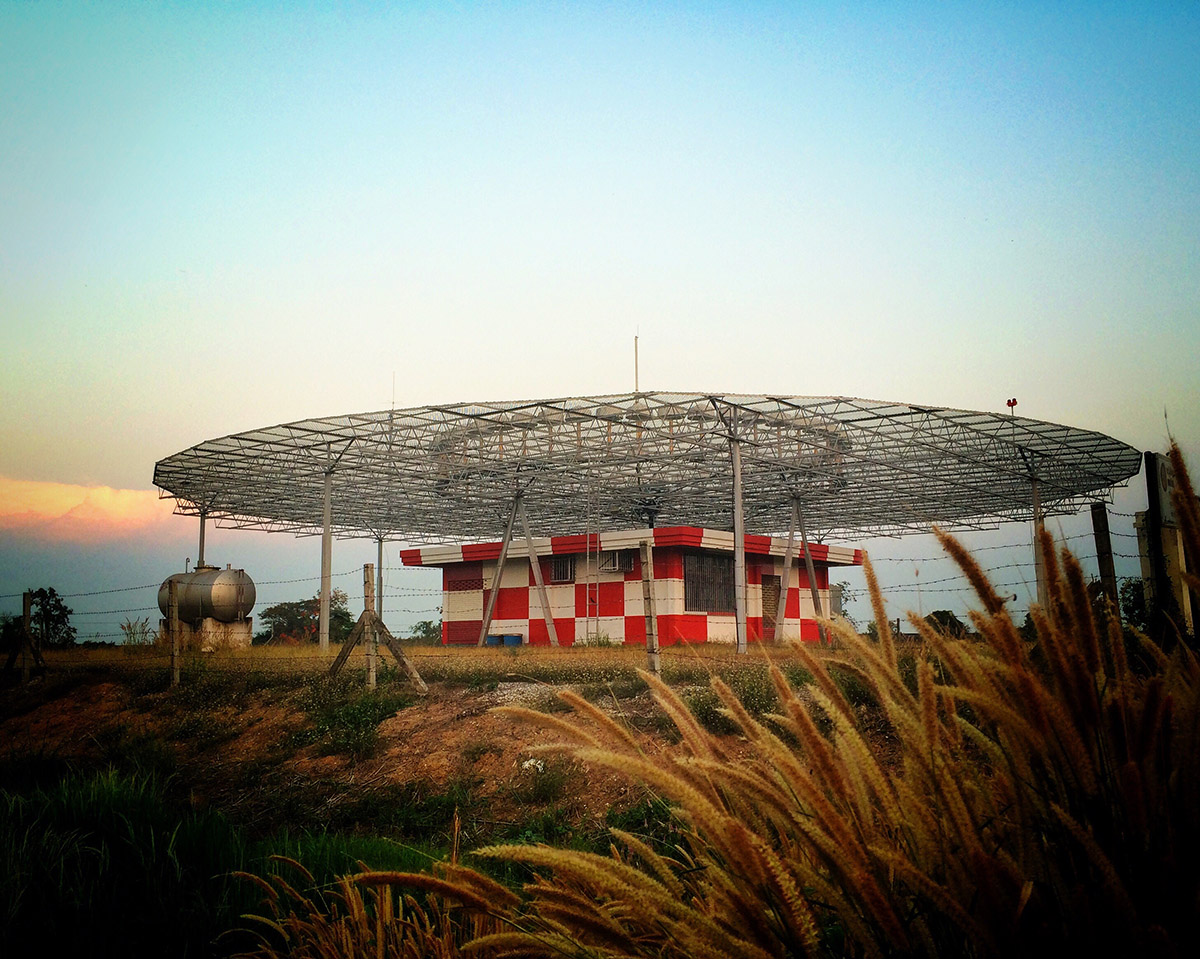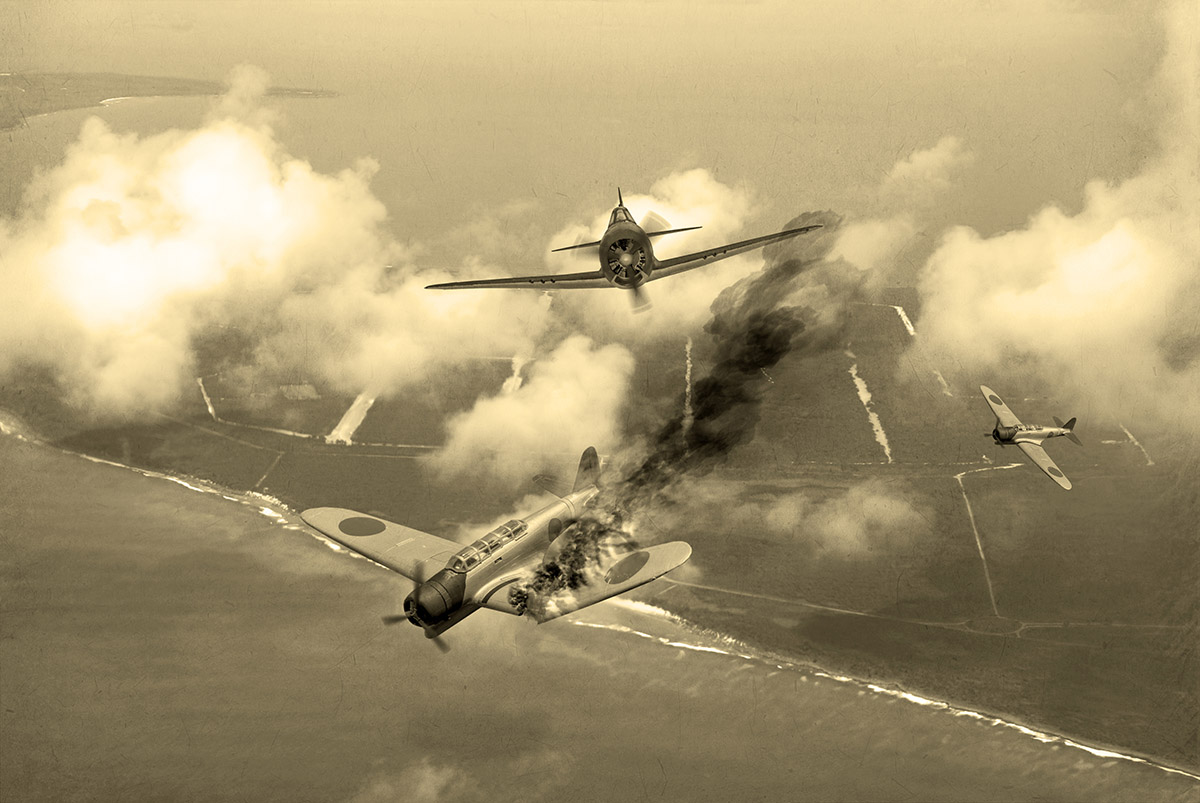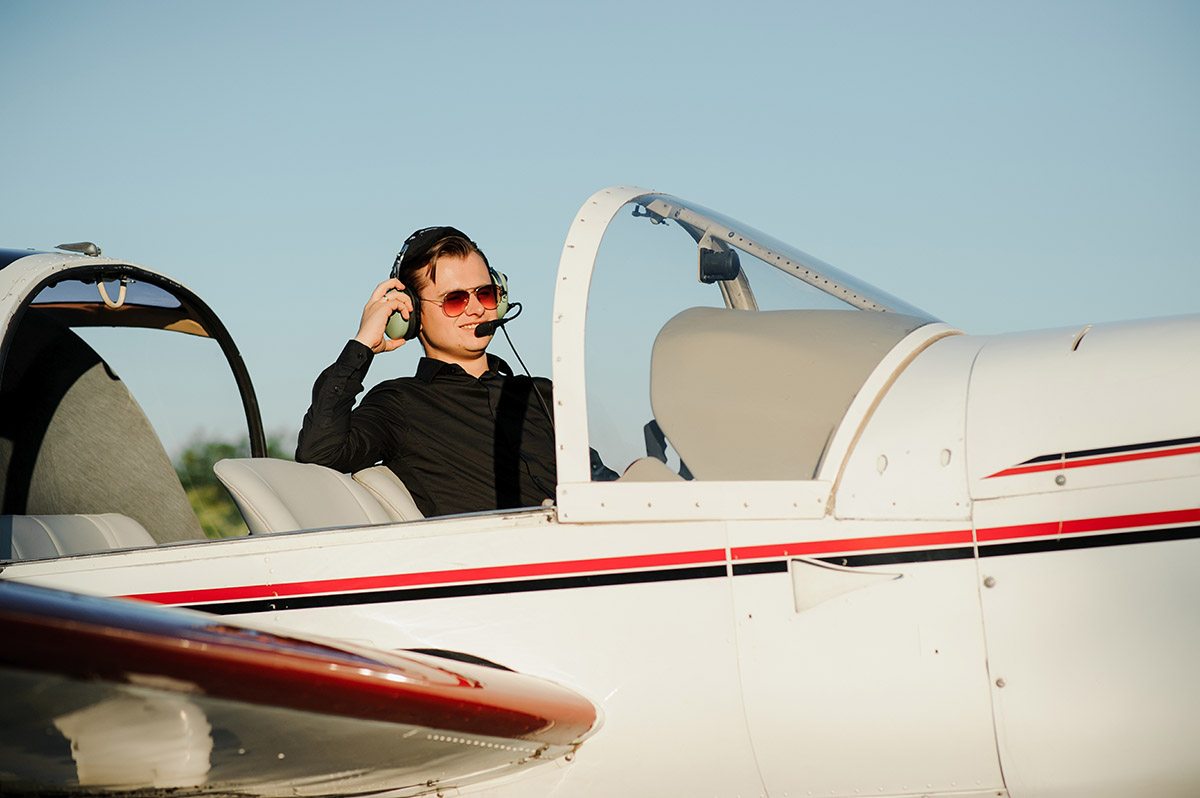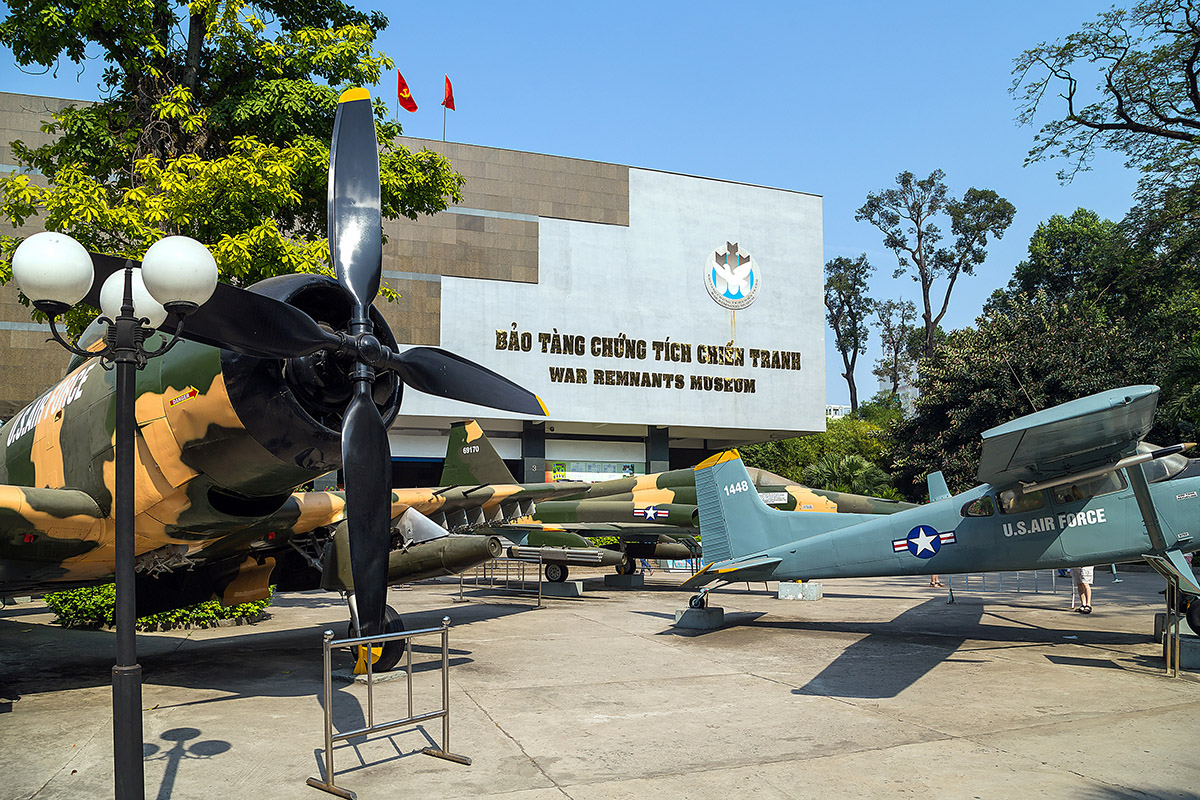The idea of zipping through the skies at breakneck speeds isn’t just some pie-in-the-sky dream for aviation buffs. It also makes good business sense when people rely on speedy air travel.
For many travelers, getting there fast is a priority. Luckily, commercial aircraft cruise at speeds that cut global travel times down to hours. Read on to learn how fast planes take off and the factors determining their speed.
In this article:
What Is a Commercial Plane?
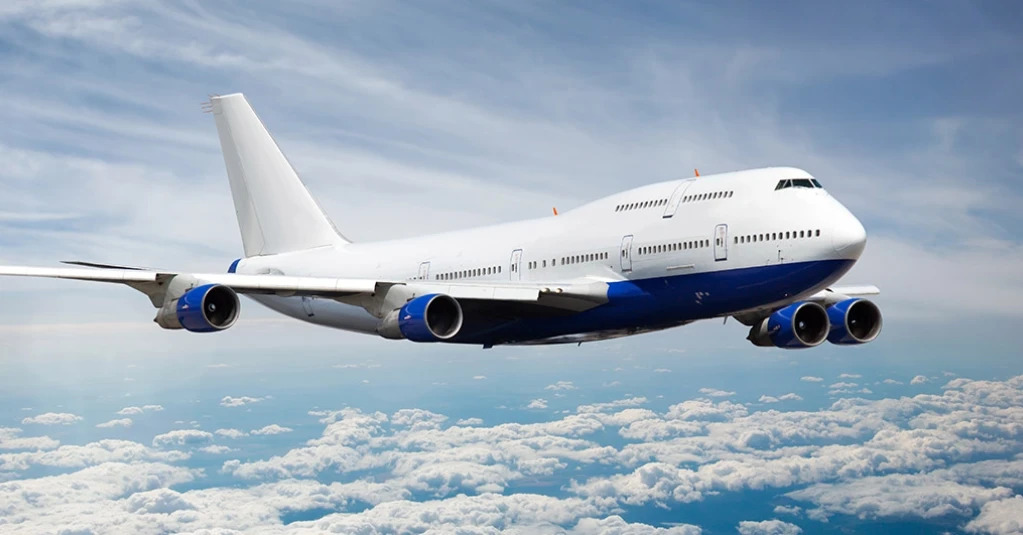
They’re passenger or cargo planes operated by airlines, charter companies, and large corporations to transport people and goods on a regular schedule. They come in a range of sizes, from small regional jets to large, long-haul widebodies, each with different speed capabilities.
How Fast Passenger Planes Fly In Different Stages
The speed of commercial planes varies depending on the phase of the flight, and each plays a unique role in how these aircraft operate. In general, their cruising speed can range from 478 to 521 knots (550-600 mph). Meanwhile, these aircraft only reach 140 to 156 knots (160-180 mph) when taking off.
Take-off and Climb Speeds
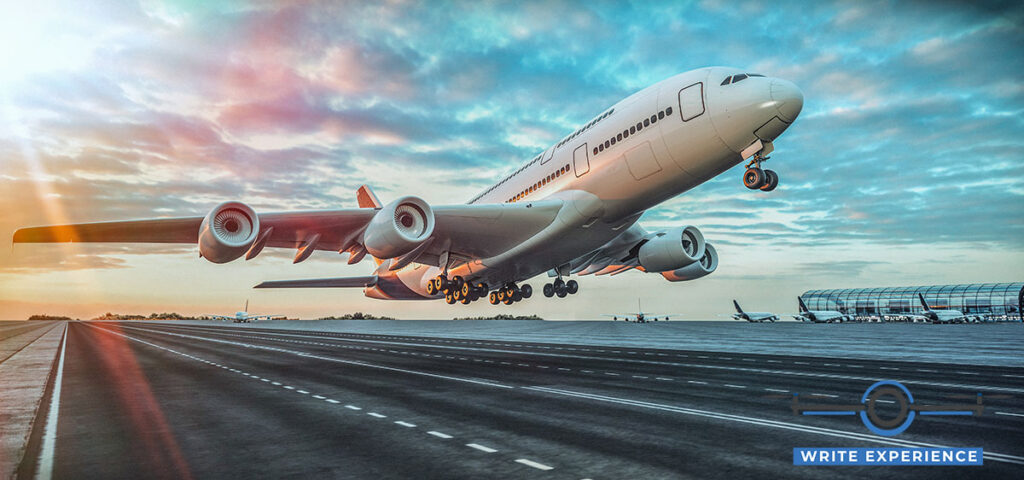
During this stage, larger aircraft need higher take-off speeds to generate enough lift. Pilots aim to reach a safe take-off speed as the plane accelerates down the runway, depending on the aircraft’s weight.
After take-off, the plane continues to accelerate to climb speed, which is often faster to gain altitude. Lighter planes generally climb faster.
Cruising Speed
This is probably what you’re most familiar with. Once at cruising altitude, the aircraft reaches its normal cruise speed, usually 80-90% of maximum speed. It’s the steady speed maintained during the flight’s main portion. This is also what we mean when talking about how fast commercial airplanes fly.
For most long-distance commercial flights, this hovers around a narrow range to maintain a perfect mix of time efficiency and fuel economy. Long-haul commercial jets fly considerably faster than regional planes.
Stall Speed
It’s the slowest speed at which an aircraft can fly while maintaining level flight. Below this speed, the airplane can no longer generate enough lift due to the reduced airflow over the wings.
There is a fine line between flying efficiently and risking a stall, where the aircraft could lose control. Pilots must take it into account during take-off and landing phases, where slow speeds are common.
Maximum Speed
Then there’s the upper limit – the top speed an aircraft can safely achieve. It provides a safety buffer above normal cruising speed. Pilots need to be aware of these numbers and should never exceed them due to structural limitations.
Understanding the limits of an aircraft’s capabilities can come in handy in emergencies.
Approach Speed
This is the speed maintained by an aircraft as it prepares for landing. As the aircraft starts its descent, speed is reduced from cruise to approach speed.
The slower target helps with landing configuration and alignment with the runway. Landing speeds are a sweet spot that allows pilots to handle the aircraft safely while being prepared for any necessary adjustments during the final descent. It’s higher than the stall speed but lower than cruising.
Factors That Influence Their Speed
An aircraft’s speed during flight depends on several variables related to the plane and flying conditions. While maximum speeds are fixed, the actual speed at any moment can fluctuate based on many things.
Engine Thrust
The engines provide forward propulsive force called thrust. More thrust enables the plane to fly faster, while reduced thrust causes it to slow down.
Pilots adjust throttle settings and power output to control and balance speed. More thrust means more speed, but it’s a balancing act with fuel efficiency and engine wear, and sudden loss of thrust due to engine failure seriously impacts speed.
Load
We’re talking about the plane’s total weight, cargo, fuel, and passengers. Heavier loads cause more drag and slow things down, while light loads allow the plane to fly faster on the same thrust. Loading significantly influences accelerating to take-off and climbing to cruise speeds.
Altitude
The higher you go, the thinner the air. Thinner air means less drag, allowing planes to cruise more efficiently at high altitudes.
That’s why commercial flights love cruising at altitudes around 31,000-42,000 ft. It’s the sweet spot where they can maintain high speeds without burning too much fuel.
Weather Conditions
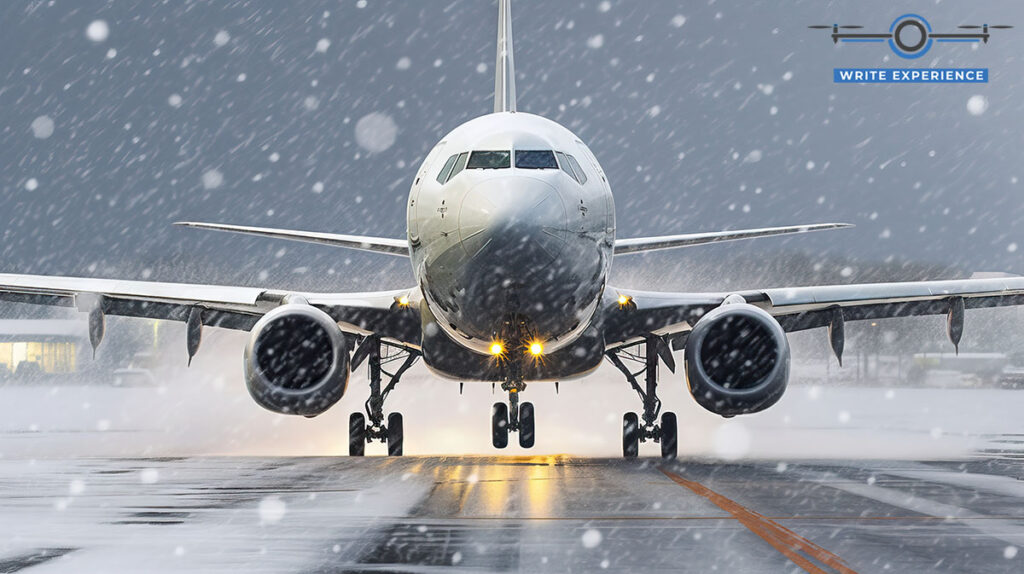
Atmosphere conditions like wind play a trickier role than you might think. Headwinds impede forward progress, forcing planes to use more thrust and fly slower. Tailwinds do the opposite as they enable an aircraft to gain speed. It’s just like sailing. You’ve got to work with the wind, not against it.
How to Measure Airplane Speed
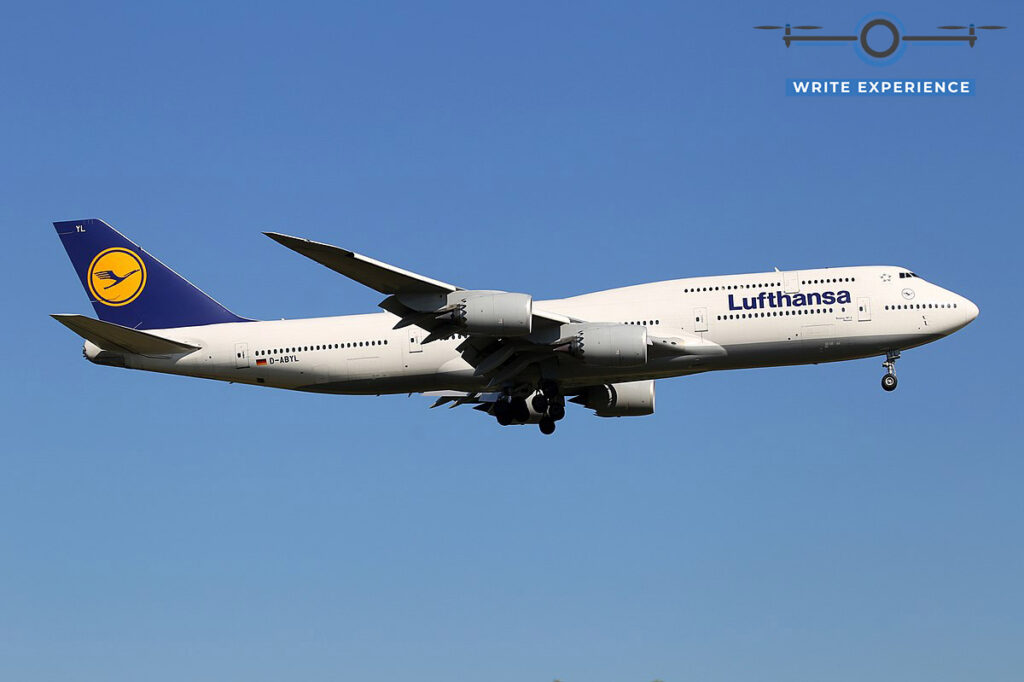
There are two key types to understand: ground speed and airspeed. Both are important for different reasons and are measured in distinct ways.
Airspeed
Airspeed is the speed of an aircraft relative to the air. It tells a pilot how fast the plane cuts through the air and affects everything from the lift keeping you airborne to how well you can steer the plane.
When it comes to airspeed, pilots keep tabs on a few different numbers that each tell them something important.
Indicated Airspeed (IAS)
IAS is the raw airspeed reading on the old airspeed indicator in the cockpit. Think of it as the speedometer in your car but for a plane. This number comes from the pitot-static system, which feels the air rushing past the plane.
IAS is super important during take-off, landing, and when pulling-off maneuvers. While not the true speed through the air, IAS gives pilots the most relevant gauge of aircraft performance. It is measured in knots, miles per hour, or Mach number.
Calibrated Airspeed (CAS)
CAS is like IAS with a bit of fine-tuning. It corrects any errors from the instrument or its position on the aircraft.
As you fly higher and the air gets thinner, IAS can get a bit off. CAS adjusts for that, giving a more accurate picture of the airspeed related to the plane’s aerodynamics.
CAS is used for flight planning and determining true performance. Pilots need to break out the flight manual and correct IAS to get CAS.
True Airspeed (TAS)
TAS is what airspeed boils down to when you account for air density changes at different altitudes. It’s the actual speed at which your plane is flying through the air. Pilots need to know TAS for accurate navigation, especially during long flights over varied altitudes.
Equivalent Airspeed (EAS)
EAS is TAS but adjusted for air density at sea level. When you’re way up high, the air is less dense, so EAS gives you a speed reading as if you were cruising at sea level. It’s handy for understanding how the plane would handle at those higher altitudes as if flying lower down.
Ground Speed
Ground speed is exactly what it sounds like: how fast the plane is moving over the ground.
It’s a big deal for figuring out your arrival time and navigating. Unlike airspeed, which is all about the air hitting the plane, ground speed includes factors like wind, which can give you a boost or slow you down.
Today, GPS technology is the most common way to measure ground speed. It’s like the GPS in your car but a bit more complex.
This system uses satellites to pinpoint the plane’s location and track its movement over the terrain below. It accounts for heading and winds aloft to give an accurate real-time ground speed readout. It’s quick, easy, and reliable.
Before GPS took over, pilots used Doppler radar and inertial navigation systems.
Doppler radar bounces signals off the ground to measure speed, like how a bat uses sound to navigate. Inertial systems, on the other hand, track movement from a known starting point. They act like internal compasses that help figure out speed based on how the plane’s position changes.
Cruise Speeds of Popular Commercial Airplanes
Let’s look at some of the popular commercial planes that have graced the skies and their cruise speeds (in miles per hour or March – speed of sound).
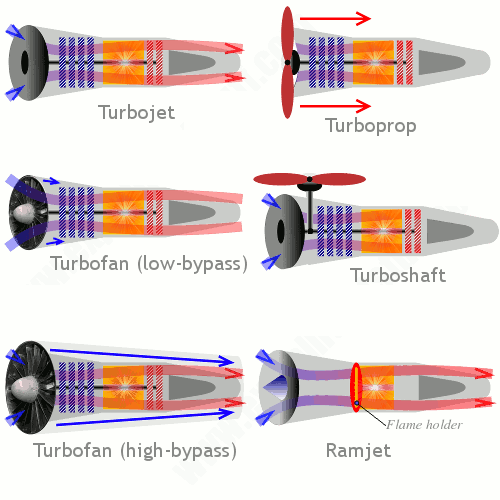
Four Turbofan Engines
These are the beasts of the sky and are typically found on large, long-haul aircraft. Four turbofan engines mean these planes can carry a lot of passengers and cargo over long distances at fast speeds.
- Boeing 747: 580 mph
- Airbus A380: 561 mph
- Airbus A340: 541 mph
Two Turbofan Engines
This is the most common setup for commercial airliners as well as business jets. While a bit slower, this configuration offers a balance between power and efficiency. These planes are versatile, being used for both short-haul and long-haul flights.
- Boeing 737: 521 mph
- Airbus A320: 515 mph
- Boeing 787 Dreamliner: 652 mph
- Airbus A350: 561 mph
Three Turbofan Engines
Trijets are a bit of an oddball in the middle nowadays. But they were pretty popular back in the day for offering a middle ground between the four-engine guzzlers and the twin-engine workhorses.
- McDonnell Douglas MD-11: 551 mph
- Lockheed L-1011 TriStar: 604 mph
Two Turboprop Engines
These planes are powered by turbine engines that drive propellers, making them more fuel-efficient at lower altitudes and speeds than their jet engine cousins. They’re not the fastest or the fanciest. But they’ll get you where you need to go, especially if it’s a short or rough trip.
- ATR 72: 320 mph
- Saab 340: 326 mph
- Bombardier Dash 8 Q400: 410 mph
- Embraer EMB 120: 343 mph
Supersonic
A small category of commercial aircraft designed to cruise at supersonic speeds. However, high costs, noise, and fuel consumption have limited their feasibility for mainstream travel.
- Concorde: Mach 2.04 (1,350 mph)
- Tupolev Tu-144: March 2 (1,400 mph)
- Boom Overture (proposed): Mach 1.7 (1,304 mph)
Frequently Asked Questions
How Has Plane Speed Changed Over the Years?
The average speed of commercial airplanes has steadily increased over time as engine power and aerodynamic designs have improved. While early propeller planes were much slower, commercial airliners now easily cruise at speeds around 550-600 mph.
How Do Pilots Decide on the Cruising Speed?
Pilots determine the optimal cruising speed based on the aircraft’s optimal performance range, fuel efficiency, air traffic control requirements, and weather conditions. They aim for a balance between speed and fuel consumption to ensure a safe, timely, and cost-effective flight.
Does Flying Faster Mean Using More Fuel?
Yes, faster speeds generally mean using more fuel. The relationship between speed and fuel consumption isn’t linear, however. As speed increases, fuel efficiency decreases due to increased air resistance, making high-speed flight more fuel-intensive.
Should I Be Worried About How Fast The Plane Is Going During Take-Off?
No. Pilots and aircraft are trained and designed to handle take-off speeds safely. These speeds are carefully calculated based on the plane’s weight, weather conditions, and runway length to ensure a safe ascent.
Are Supersonic Passenger Jets Making A Comeback?
With recent startup projects, supersonic travel seems to be on the horizon again. However, high costs, fuel needs, and noise concerns remain challenges to overcome before it’s viable for mainstream use.
Conclusion
While supersonic airliners remain elusive, today’s fleet of commercial planes cruise at a respectable speed of around 550 mph or more. But remember, speed isn’t the be-all and end-all. Comfort, efficiency, and safety play massive roles too.
However, the quest for speed is far from over, with ongoing plans to push planes into the supersonic realm again. The skies of tomorrow might just get a whole lot faster.

